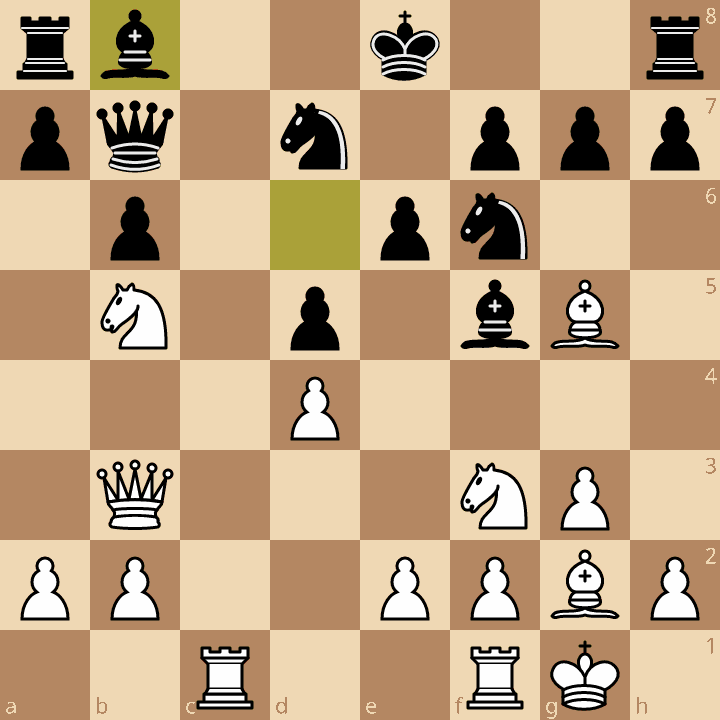Hello everyone! Since I’m still off the OTB circuit for the time being, I wanted to try something. Particularly considering the response to my piece on the online-rating gains I made from reviewing my games, I figured I would play a couple games, talk through them, and then demonstrate how I go about annotating. In 40 minutes, I play two 10+0 rapid games and then review them. I had fun, and it was an interesting challenge to talk through my thought process as I played.
Please let me know what you think. Did you watch this? Did you like it? Or would you rather I stick to writing, and leave the streaming to 18-year-old Fortnite players and IMs?
One thing I’m considering is doing this as an occasional Friday bonus for paying subscribers — there are a few people who have pledged already, so I’m planning to turn on the option of paid subscriptions soon — so if that sounds appealing to you, let me know as well!
Just so that folks who don’t watch still get some value from this piece, I’m going to highlight an element I annotated from one of the games.
A Position.
During the second game, I reached this position. It’s an interesting one. Material is equal, but Black is in a bit of a tight spot: his bishop has just had to retreat to b8, and his queen is caged behind pawns. Moreover, and here’s what I noticed during the game, there’s a potential queen-king knight fork on the board via the d6 square — if only I can get rid of that pesky dark-squared bishop.
Assessing this position, I thought of the Sam Shankland rule: when you can’t do something that you want to do, ask, “What if I do it anyway?” Now, I certainly couldn’t play Nd6+ — this move would just drop the knight. But I could try to address the main obstacle preventing said move, which was the bishop.
As a result, I decided to play Bf4. Was I confident that this was a good move when I played it? Not really: I saw that Black could exchange the bishops and mess up my kingside pawn structure. And even if they did do that, eliminating the bishop as I had hoped for, they would have a tempo to address the d6 square before I could move my knight in there, since I have to take the bishop first. But: I wasn’t sure what else to do, and I saw the potential tactic, so I wanted to do everything I could to make it happen.
Sure enough, when I ran this through the engine afterward, Bf4 was a blunder. A blunder? Seems a little extreme, no? It doesn’t lose material — and while Black can damage my pawn structure with Bxf4, I can return the favor after O-O with Nd6 Qa6 Nxf5. On top of that, there isn’t really a way to make the knight fork work.
But this is the beauty of doing these annotations. If I had just run the computer game-review, I would’ve seen that, looked at it for a second, shrugged, and moved on, assuming it was some engine thing that I’d never understand. Doing my own review, though, I have to understand it. So I look a bit deeper.
It’s true that the fork doesn’t work. But it’s also true that the d6 square is important, and weak. If I can take control of that square, it’ll give me a definite edge. I can do that by playing Qa3. That allows Nd6+, which forces Bxd6, which allows Qxd6. Now, my queen is deep within Black’s position, they can’t castle, and I can start funneling pieces up the c-file.
Ten ply later, you end up with something like this:
Material is equal, but White’s position is so dominant that the engine gives them a ~4.0 edge. That’s worth more than a piece.
So I had been right in understanding that the d6 square was important. But I couldn’t let go of the idea that it was tactically important, when in reality it was strategically important. This is a fascinating realization: if you find yourself in a position that feels tactically rich but you can't quite make it work, ask whether you can achieve a strategic gain instead. I never would have had this insight if I hadn’t forced myself to annotate the game — and in the spirit of the newsletter, this is a fun concept to apply outside of chess as well. Feel like you’re in a situation where you should be able to extract some benefit, but you can’t quite figure out how? Shift your frame of reference: try to think about it from a different angle.
Anyway, that’s the gist! Again, let me know what you think about the video, and we’ll be back with a more typical piece next week.









Share this post